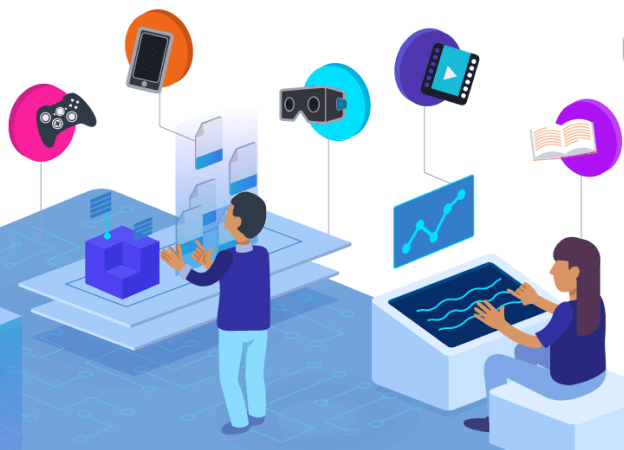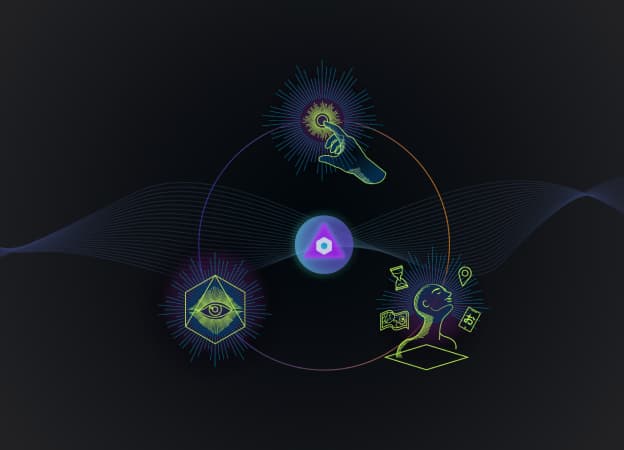By Alan J. Porter, Director of Content Intelligence Strategy at [A]
A good friend of mine always used to say, “business would be a lot easier without people getting involved.” It always provoked a smile from whoever heard it, because while it’s a ridiculous premise, it holds that kernel of truth we can all recognize.
While the technology aspects of driving digital transformation can be complex, they are easy compared to managing the cultural changes that come with it. With a few exceptions, we are all naturally resistant to change. Change threatens to disrupt our comfort zone. We revel in familiarity: it’s easier to accept the way things are done and continue to do that even when we know it’s not the best, or most efficient, way.
Yet we also know that those who survive and prosper are those who adapt. We are driven by a conflicting dichotomy of behavior, and it’s something we need to be aware of when introducing change in the workplace.
This is why any transformational activity or project should be approached in the order of people, process, and technology. Just introducing a new piece of shiny technology and issuing an edict that “thou shalt start using ...” is doomed to failure from the start.
The five stage approach I’ve developed over the years to help my teams embrace and drive change may not be perfect (for a start, it doesn’t have a snappy acronym or name), but it’s one I’ve found to work.
Input
When kicking off a transformational project, it’s essential to find out who your stakeholders are; not just the ones with the budget authority or the technical know-how, but more importantly, those whose regular jobs will be impacted by that change. Do some informal stakeholder interview sessions to let them know what you have planned and let them tell you how they believe it will change the way they work. Listen to concerns, and listen to their ideas.
Value
Show the value of what is being proposed. Prepare and share videos and demos that don’t just show features and functions, but show the benefits to those impacted. Hold informal lunch-and-learn-style sessions. Show how what you're doing will make the individual’s work life better, as well as the company’s. But also show how what you are doing is aligned with the company's goals, or how it will improve things for your customer. You don’t want to be thought of as making change just for the sake of change.
Related Article: Change Management Is a Key Driver of Business Transformation
Involvement
Make sure that as your project is progressing, you share status updates with the full set of stakeholders on a regular basis. Not everyone needs to be in a project meeting, but a representative of each group should be. Regular email updates to the full constituency of people affected are a great idea. With technology projects make sure you have a representative group of people who will use it on a regular basis, plus folks who may only use it occasionally, as part of the testing program. Involvement brings a sense of ownership and those included in testing and decision making will become better social advocates for the change.
Demonstrate
When rolling out a new technology platform, make sure the platform owners, and those who want it to be used, are also seen to be using it (even if only occasionally). Demonstrate that it has value to you as an individual by using it yourself. Don’t expect others to use something that you don’t. One way to do this is to set up fun side projects using the new technology to involve everyone.
As an example, at one company, when we rolled out a wiki as our new platform of choice for documentation and cross-functional collaboration, we launched it with wiki space dedicated to organizing the company Christmas Party. Everyone wanted to know the information about dates, location, menus etc. It was all on the wiki. And the comments and messaging was soon in use organizing ride shares and more. Everyone in the company (including the CEO) was active, and was seen being active, on the new platform. As a result, the adoption rate when we started to use it for "real work" was exceptionally high.
Related Article: 3 Tips for Embedding Change in Your Team Culture
Socialize
One of the most effective, yet difficult ways, to drive change is through socialization. The hardest part is building the memory muscle to do it on a regular basis until it becomes a part of the institutional knowledge set. This can be done as simply as changing answers to hallway questions, or informal exchanges, around how things work, or should be done.
Going back to the wiki implementation example, instead of answering questions about where certain content or information could be found with "I’ll put it in an email for you," we changed the conversation to "it’s on the wiki, I can email you the link to help you get started if you need it." Answers to "Who should I send this to for review" became "Best thing would be to put it on the wiki …." It took a while to develop that sort of response, but over a surprisingly short period of time, everyone soon accepted that product and project documentation, as well as company policies and procedures, were all available in the wiki.
In short, I’ve always found the best way to drive culture and technology change is not to dictate it, but to share it.
[A] Editor's Note: This article was originally titled "Socialize Your Culture Change and It May Just Be Successful" and was published on CMSWire on August 10, 2018.
Read More from Alan Porter:
-
Are Your Customers Shouting Into the Void: Alan Porter examines the convergence of marketing and technical communications and its impact on CX.
-
Putting the "Customer" in Customer Data Platform: Porter discusses the often overlooked effect that departmental silos can have on the customer experience.



